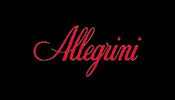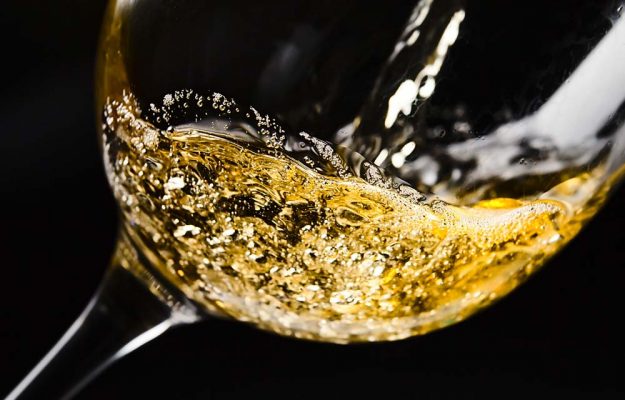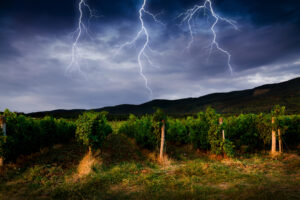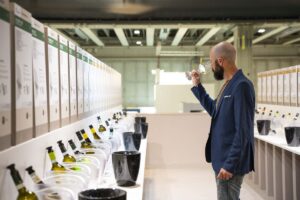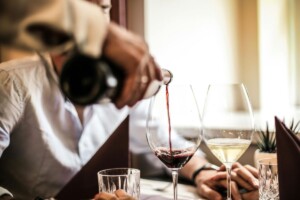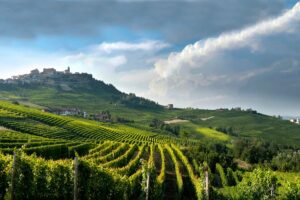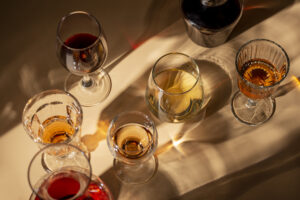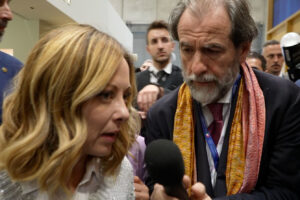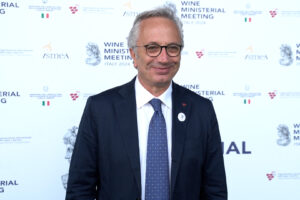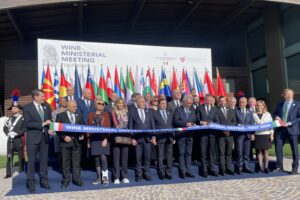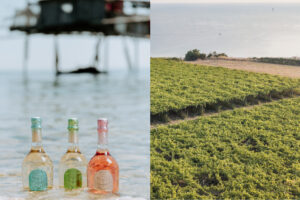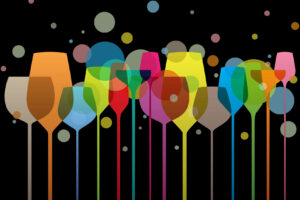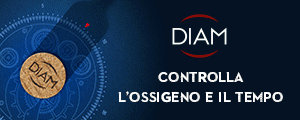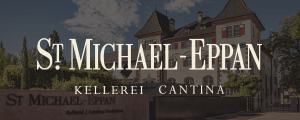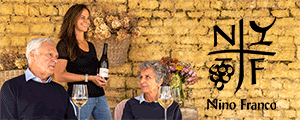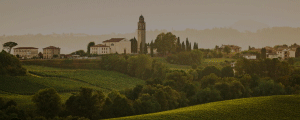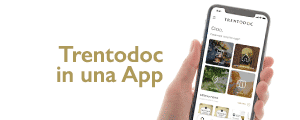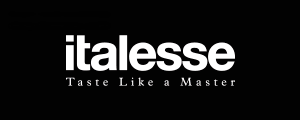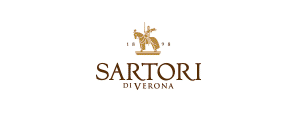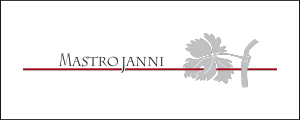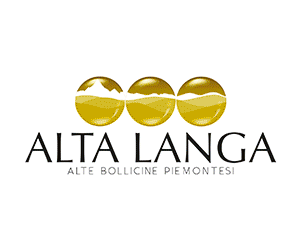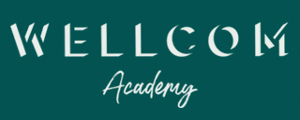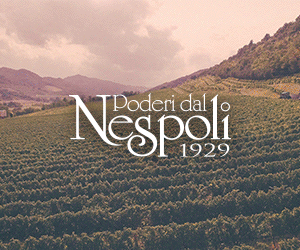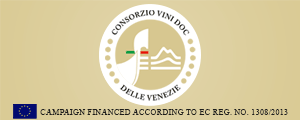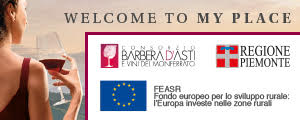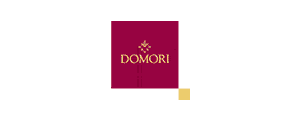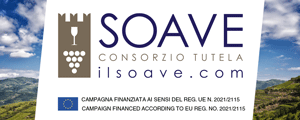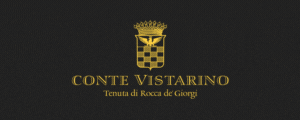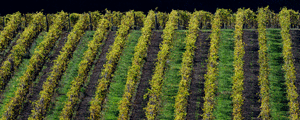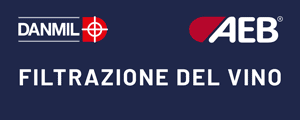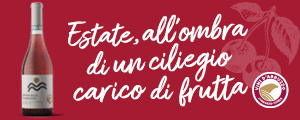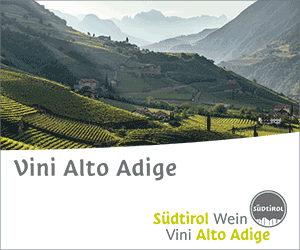Riccardo Cotarella, president of Assoenologi, launched the alarm about the collapse of bulk wine prices, during the last few days, in the midst of Vinitaly, reporting a drop of up to 70%, after a 2018 harvest that was decidedly more abundant (but roughly on average) than the very low 2017 harvest (which instead led to the opposite problem, namely a significant rise in prices, especially for vintage wines, with tensions on the markets). And that the picture, on the whole, is not perfect, is also shown by the Ismea data, analyzed by WineNews, on average prices at origin updated in March 2018 (averages ex-cellar, excluding VAT and referring to the last vintage on the market, ed). And so, for example, it emerges that common red and rosé wines are quoted 30% less than a year ago, and for whites, the drop is even more significant: -37.7%. Among the wines with a denomination, on the other hand, there was a general negative variation for the most important whites, with few exceptions, while the reds showed greater stability of quotations.
Indeed, there are even those who grow, albeit slightly, starting from Brunello di Montalcino, to 1,085 euros per hectolitre (+ 1.9%), or Chianti Classico, to 282.5 euros per hectolitre (+1.8 %), starting from Tuscany, where instead Chianti is decreasing, to 120 euros per hectolitre (-14.3%), to stay in Tuscany. In Piedmont, on the other hand, if the price of Barolo is slightly down, at 790 euros per hectolitre (-3.7%), Barbaresco holds 585 euros per hectolitre (+ 0.9% on March 2018), and everything grows the world of “Barbera”, from 225 euros per hectolitre for that of Alba (+ 7.1%) to 145 for that of Asti (+ 3.6%), to 115 for that of Monferrato and Piedmont (+4.5 % for both), while Nebbiolo d’Alba decreases by -5.2%, to 294 euros per hectolitre. In Veneto, on the other hand, the prices of Valpolicella reds fell by 14.3% compared to 2018, to 210 euros per hectolitre (while Recioto and Amarone, according to data from the Chamber of Commerce of Verona, updated to 29 April, show prices between 600 and 800 euros per hectolitre). Still, among the most important denomination red wines, also in terms of production volumes, Montepulciano d’Abruzzo fell by 11.5% to 115 euros per hectolitre, as did Sangiovese di Romagna, at 78 euros per hectolitre (-23.5%), and the whole Lambrusco world was very badly hit, with decreases of 23.3% for Sorbara, 57.5 euros per hectolitre, and even -32.3% for Reggiano, at 52.5 euros per hectolitre.
On the other hand, according to Ismea surveys, among the whites with denominations, there is a flourishing of negative signs, with some notable exceptions represented by the substantial stability of Gavi, at 290 euros per hectolitre, and by the growth of Roero Arneis, at 235 euros per hectolitre (+ 17.5%), in Piedmont, from the growth of Soave Classico, to 120 euros per hectolitre (+ 14.3%, while the quotation of Soave, at 88 euros per hectolitre, falls by 2.2%) , in Veneto, and from the Trento Pinot Nero estate for sparkling wines in Trentino (at 265 euros per hectolitre), and Vermentino di Gallura (at 300 euros per hectolitre). Prosecco prices, on the other hand, are down, with -21.7% for Conegliano Valdobbiadene Superiore DOCG, at 235 euros per hectolitre, and -23.9% for the DOC version, at 175 euros per hectolitre, but Frascati prices have also fallen, among others, to -5.4% and 87,5 euros per hectolitre), and Orvieto is both “basic”, at 100 euros per hectolitre (-2.4%), and Classic (-2.6%, at 92.5 euros per hectolitre), while the prices of the Chardonnay of Oltrepò Pavese collapse, down 39.1% (to 140 euros per hectolitre).
A far from homogeneous picture, therefore, that allows producers in some areas to sleep peacefully, and forces those in others to keep a close eye on market trends.
Copyright © 2000/2024
Contatti: info@winenews.it
Seguici anche su Twitter: @WineNewsIt
Seguici anche su Facebook: @winenewsit
Questo articolo è tratto dall'archivio di WineNews - Tutti i diritti riservati - Copyright © 2000/2024



